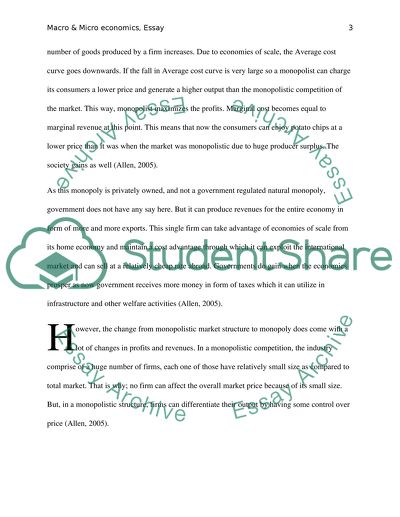Cite this document
(“Microeconomics Essay Example | Topics and Well Written Essays - 1500 words”, n.d.)
Retrieved from https://studentshare.org/other/1400873-microeconomics
Retrieved from https://studentshare.org/other/1400873-microeconomics
(Microeconomics Essay Example | Topics and Well Written Essays - 1500 Words)
https://studentshare.org/other/1400873-microeconomics.
https://studentshare.org/other/1400873-microeconomics.
“Microeconomics Essay Example | Topics and Well Written Essays - 1500 Words”, n.d. https://studentshare.org/other/1400873-microeconomics.


